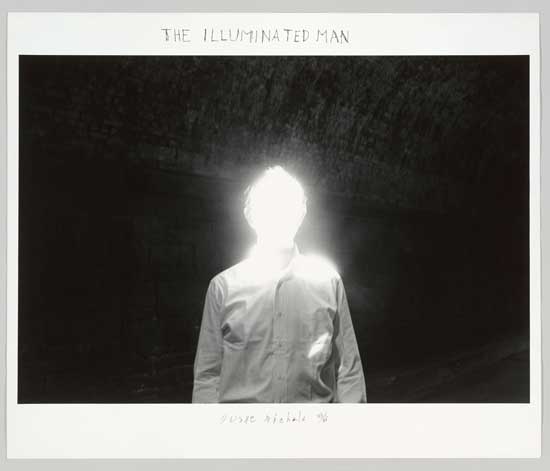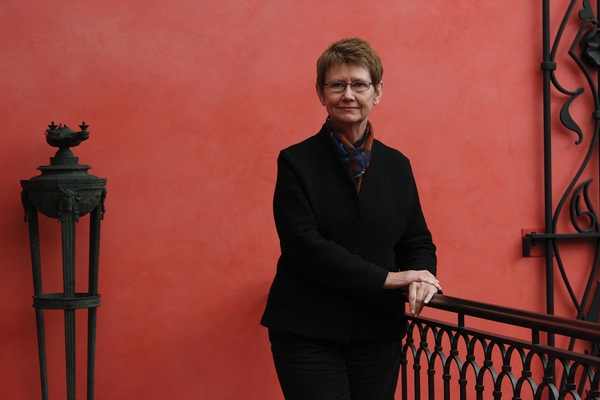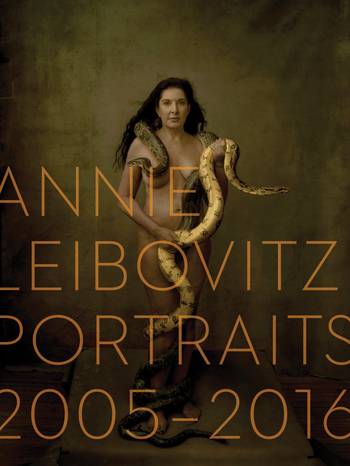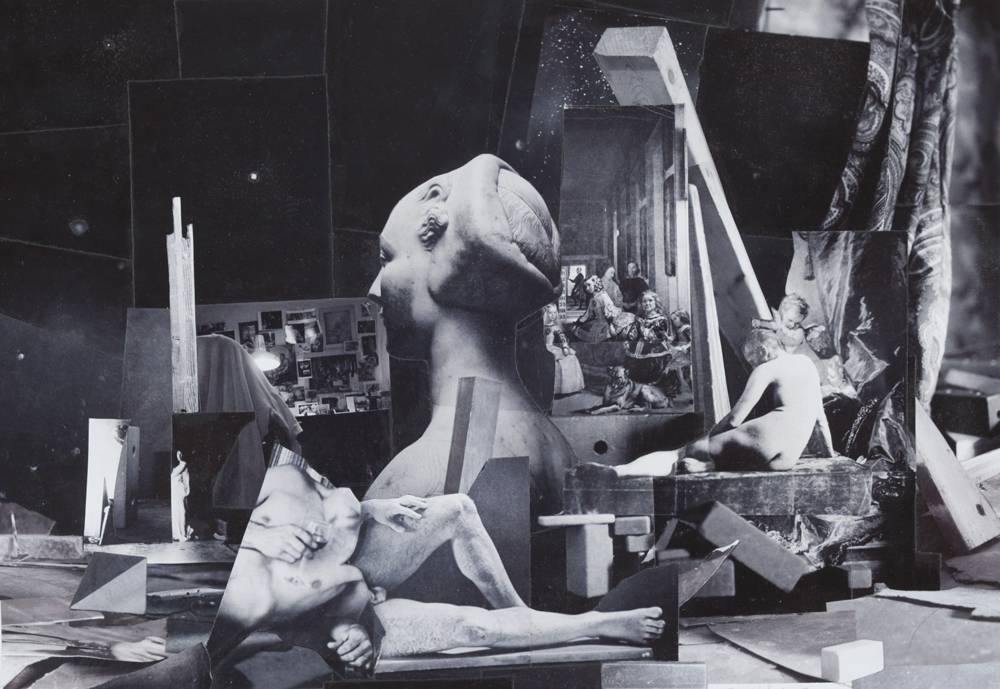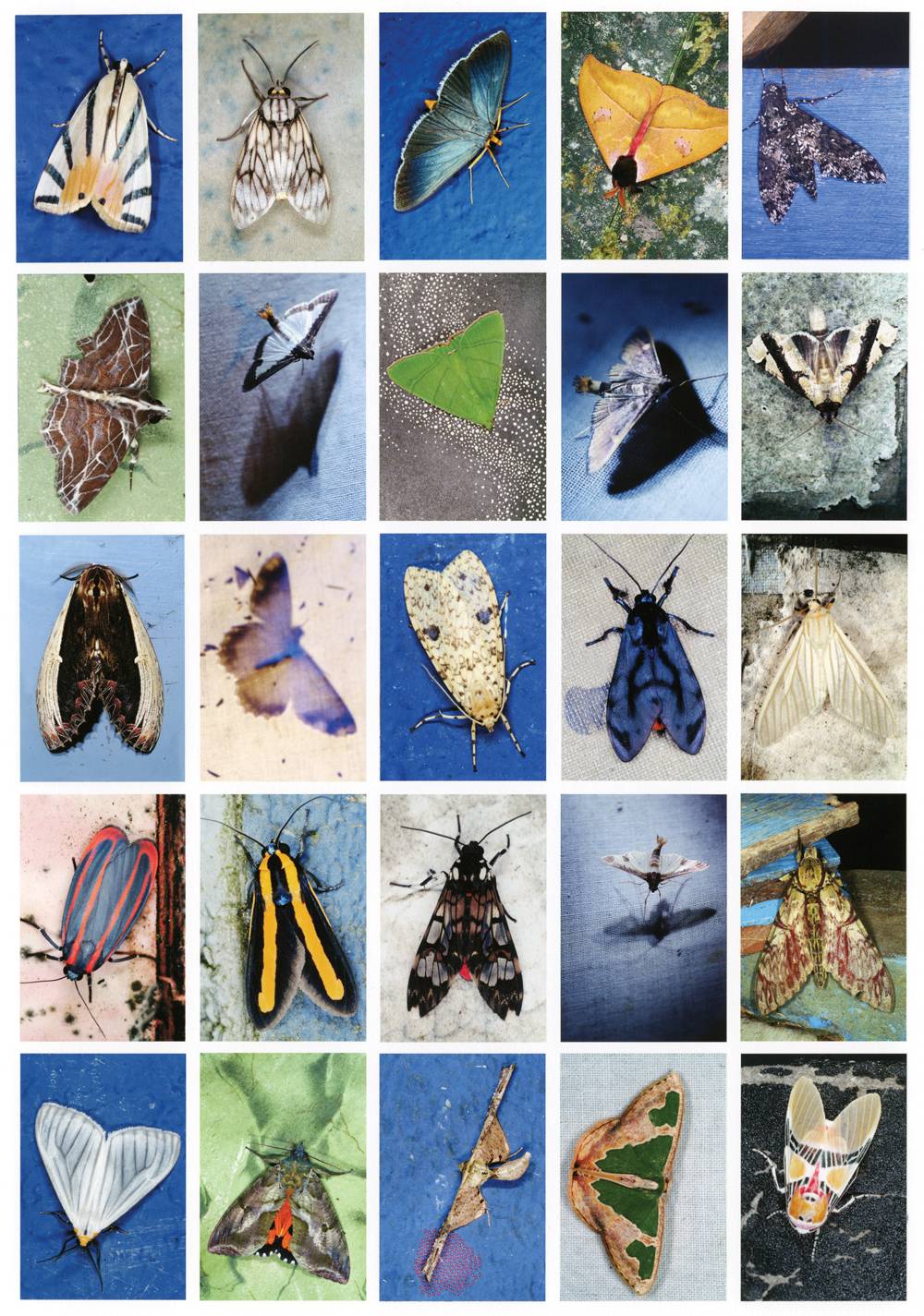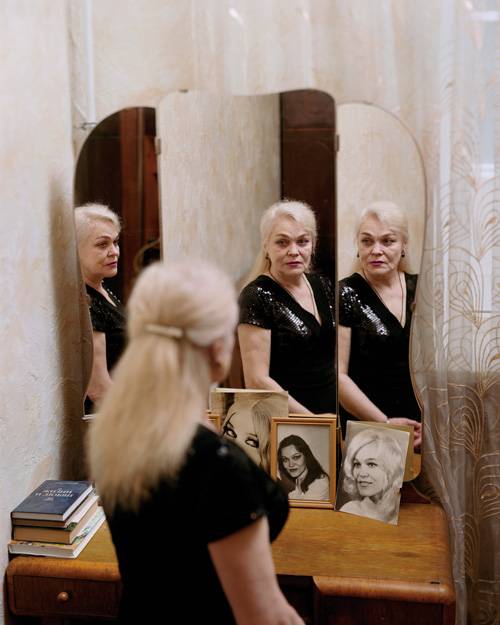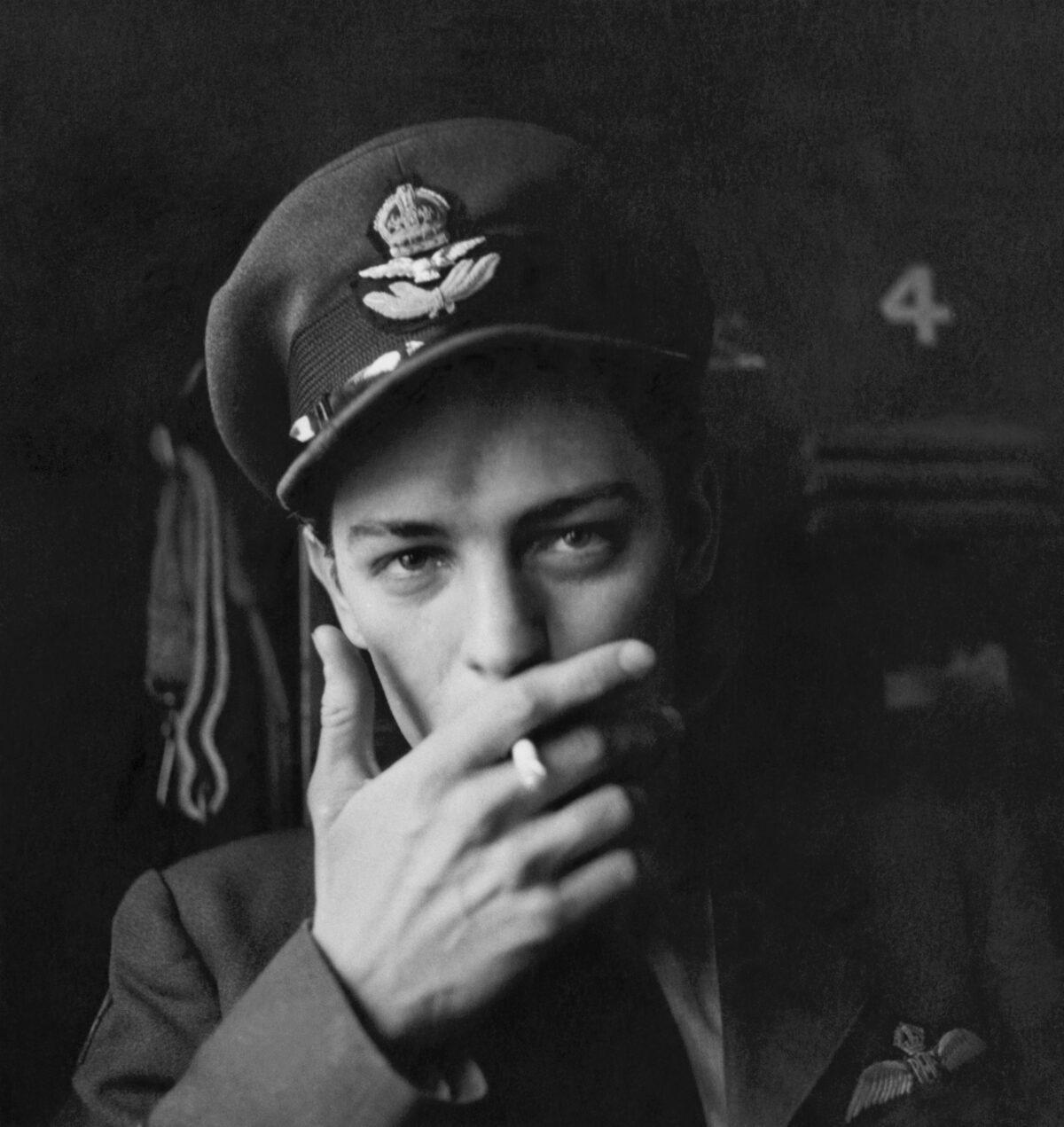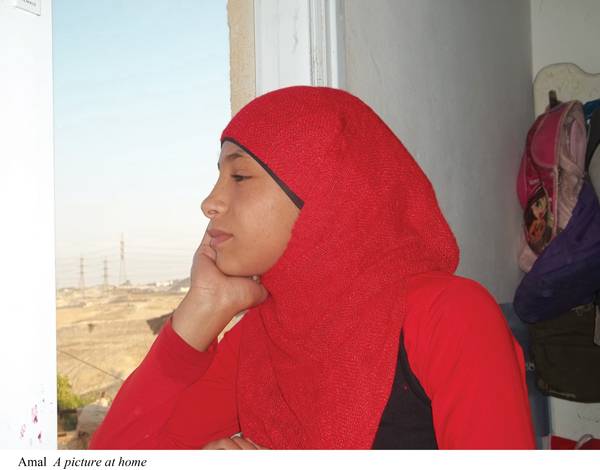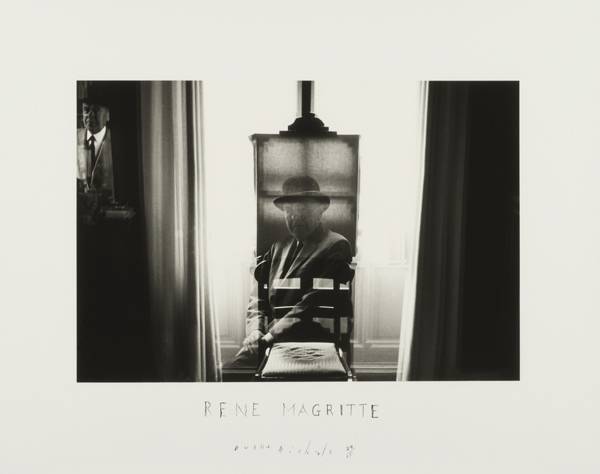

Duane Michals, Magritte at His Easel, 1965. Courtesy DC Moore Gallery
It seems incredible that one of America’s best-known photographers should have to wait until he’s in his 80s for a major U.S. retrospective, but it might just be a testament to the character of an artist who has always followed his own inclinations. Through February 16, Storyteller: The Photographs of Duane Michals is on view at the Carnegie Museum of Art in Pittsburgh.
Lyle Rexer: It’s nice to meet someone who has made more Duane Michals photographs than my students have. I see you becoming increasingly important to a younger generation of photographers. Do you have any thoughts on why that might be?
Duane Michals: Kids today are deluged with stories, and telling your own story in whatever way has become OK. You might say my photographs are mini-stories. They don’t shout. One of my mottoes is “Never trust a photograph that is so big it only fits inside a museum.”
LR: I think they appreciate that you have gone your own way. That, for example, in order to tell a story, you have worked outside the image, with writing.
DM: I can get more intimate using language. In my new series, probably 40 percent is photographs and 30 percent is writing. For me work has always been instinctive. I never bought the package about what photography was supposed to be, and it seemed natural to be outside the loop. Because my pictures are actually about something, the approach of death or a chance encounter on a street, they have a long shelf life. They are not oriented toward the “social landscape” or the “now.” If I had gone that route, I would have been a third-rate Garry Winogrand, hanging out waiting for someone to come down the street and give me the finger.
LR: So you gave yourself permission to be different – you were also a gay man in the 1950s – but who inspired you?
DM: I used to work at Time, Inc., and nearby at Rockefeller Center was a French bookstore. That’s where I first saw a copy of The Americans. It blew me away. Robert Frank’s genius was insight and elegance. Looking at his contact sheets you see an almost Asian simplicity. He never shot haphazardly, and on a single sheet you could find five great pictures.
LR: Based on your portrait of Magritte, him, too. Tell me about meeting him.
DM: Magritte let me take his picture because I threatened to kill his dog. Not really. I was always stunned by Magritte’s paintings because they contradicted what I knew. Most photographs show you only what you already know, and I felt the paradigm of photography had to be expanded. Through a friend of a friend, I had the opportunity to make a portrait of the artist. I went to his house in Brussels and remember looking at the name on the buzzer and thinking, what a privilege to be there. In 1958 Sidney Janis had a show of Magritte’s work and didn’t sell a single painting. Everyone wanted a Pollock, it was the fashion. But the true nature of art is unchanging, and its truth is not a matter of taste.
LR: Finally, I wanted to ask about the pictures of New York in 1964. I feel they have never gotten the proper attention.
DM: About that time I bought a book of Atget’s photographs printed in Prague. That book became my bible, and I wanted to do the same thing for New York. I left the people out so I could see what was there, and that empty New York came to look like a stage. I began to think that I could make my own dramas on these streets – just like Balthus, for example – and that led to my idea of photography as storytelling.
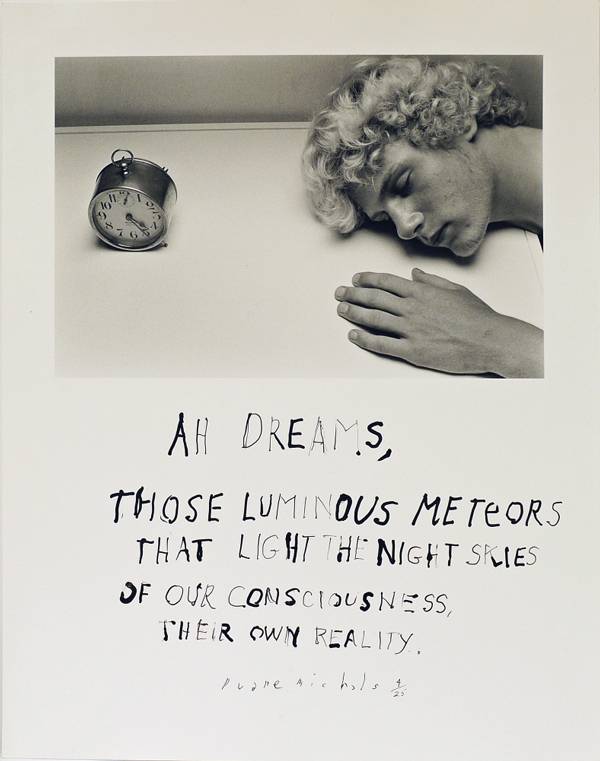

Duane Michals, Ah Dreams, 1984. Courtesy DC Moore Gallery

